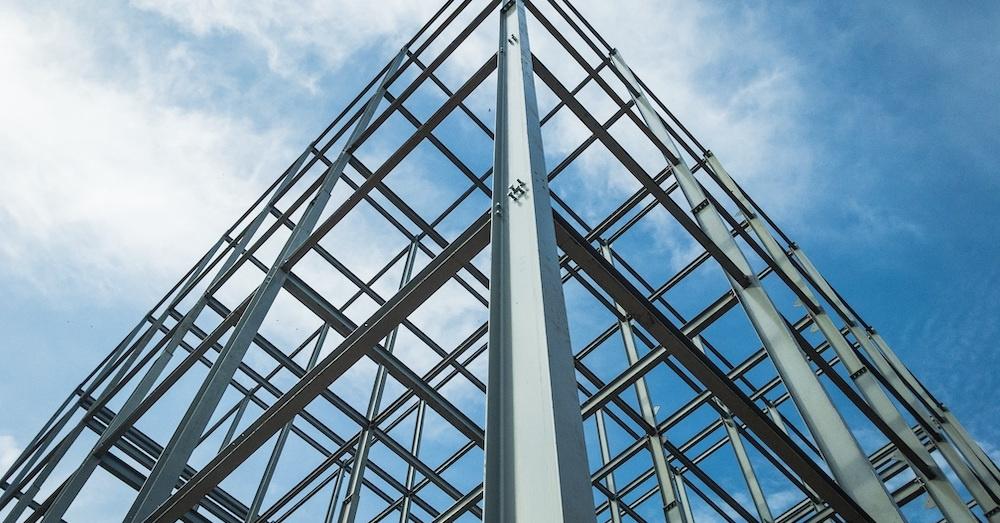The world of workspaces is experiencing a paradigm shift. For decades, wood and brick were the primary materials for building workshops, but this trend is gradually giving way to steel structures. Steel workshops, celebrated for their strength, flexibility, and longevity, have grown in popularity among artisans, small businesses, and industry giants alike. They showcase the diverse capabilities and innovative potential of steel, marking a new chapter in the story of workshop evolution.
Embracing the Strength of Steel
The remarkable strength of steel is a central reason for its growing preference in constructing workspaces. Unlike traditional building materials such as wood or brick, steel offers unrivaled resilience and durability. It withstands harsh weather conditions, repels pests, and resists fire, ensuring the workspace remains intact and functional throughout the years. These qualities make steel workshops a reliable and long-lasting solution for individuals and businesses that value durability and structural integrity in their workspaces.
Versatility and Customization in Steel Workshops
Steel workspaces stand out not just for their durability but also for their versatility. With steel, the options for customization are limitless. This material allows for the creation of spacious, open-plan workshops without the need for obstructive support columns. It provides room for unique design elements and adaptations, making it possible to craft a workspace that meets specific needs, preferences, or brand aesthetics. The ability to create personalized, fit-for-purpose workspaces contributes to the rising popularity of steel workshops.
Cost-Effective Workspaces for the Modern Era
One cannot overlook the economic aspect of steel workspaces. While the initial investment may seem high compared to traditional materials, steel structures offer significant long-term savings. They require minimal maintenance, are energy-efficient, and their impressive lifespan translates into cost-effectiveness over time. Furthermore, the possibility of prefabrication reduces construction time, bringing further savings in labor and reducing the environmental impact. Therefore, steel workspaces represent a wise and sustainable investment in the long run.
Steel Workshops and Environmental Responsibility
In today’s eco-conscious society, steel’s recyclability presents an added advantage. Steel is 100% recyclable and can be reused countless times without losing its properties. This feature makes steel workspaces an environmentally responsible choice. By opting for steel, businesses align with sustainable practices and contribute to reducing the environmental footprint of the construction industry.
Future Trends in Steel Workspaces
Looking to the future, it is clear that steel workshops are more than just a trend – they’re the new standard. As technology continues to evolve, so does the potential for innovative steel designs. Smart technologies can be incorporated into steel structures, creating intelligent workspaces that can monitor and regulate temperature, humidity, and lighting conditions for optimal comfort and productivity.
Moreover, as the world continues to grapple with the effects of climate change, the sustainability credentials of steel workspaces will become increasingly important. They provide a promising pathway for the construction industry to decrease its environmental impact, without compromising on strength, flexibility, or design potential.
